1
Battle at Obong-Ni for “No-Name Ridge” September 1st – 15th of 1950 was the largest tank battle between US and UN Allies against the North Korean Army.
2
U.S./Allied Tanks:
-M26 Pershing
-M46 Patton (modified WW2 M26 Heavy Tank)
-M4A3E8 Sherman
-M24 Chaffee Light Recon tank
Vs
-North Korean T-34/85 tanks Medium Tank
(85mm main cannon and stronger front armor)
-M26 Pershing
-M46 Patton (modified WW2 M26 Heavy Tank)
-M4A3E8 Sherman
-M24 Chaffee Light Recon tank
Vs
-North Korean T-34/85 tanks Medium Tank
(85mm main cannon and stronger front armor)
3
What this battle “really was”…the first time America went head-to-head with Soviet Union made tanks.
4
-60 Allied Tanks Lost
and
-239 T-34 Tanks Lost
and
-239 T-34 Tanks Lost
5
The following is told by Veteran Christopher Miskimon:
“The two tanks had never met in combat before, but it was hoped the M-26’s 90mm gun and thick armor would prove a match for the Soviet vehicle.”
“The two tanks had never met in combat before, but it was hoped the M-26’s 90mm gun and thick armor would prove a match for the Soviet vehicle.”
6
“The North Korean People’s Army (NKPA) had almost everything going its way during the earliest Korean War battles. The opposing South Korean and American forces, weak and unprepared, were pushed into a shrinking perimeter around the small port city of Pusan.”
7
“That perimeter was steadily being reinforced, with an eye toward an eventual breakout and counteroffensive.”
8
“One of the units sent into the Pusan perimeter was the 1st Marine Provisional Brigade, an ad hoc unit formed to get a force into the fight quickly while the 1st Marine Division properly formed up. The brigade included a small force of M-26 Pershing tanks for support.”
9
“These tanks were hurriedly readied for service to provide a counter to the NKPA’s Soviet-Supplied T-34 tanks, which had so far ranged almost unopposed against the light tanks and anti-tank weapons available to their opponents.”
10
“NKPA pressure on the Pusan Perimeter weakened as American strength increased. By mid-August they were ready to throw the North Koreans back.
The 5th Marines were assigned to take Obong-Ni ridge, known to the Marines as ‘No-Name Ridge’.”
The 5th Marines were assigned to take Obong-Ni ridge, known to the Marines as ‘No-Name Ridge’.”
11
“Supporting them were four M-26s of the 1st Platoon, Company A of the 1st Marine Tank Battalion.”
12
“The platoon was led by Lieutenant Granville Sweet.
The NKPA 4th Infantry Division opposed the U.S. Marines with a battalion of the 109th Tank Regiment assisting them in turn.”
The NKPA 4th Infantry Division opposed the U.S. Marines with a battalion of the 109th Tank Regiment assisting them in turn.”
13
“Technical Sergeant Cecil Fullerton’s tank A34 fired first, firing High-Velocity-Armor-Piercing (HVAP).”
14
“During the fight the Marine (U.S.) tanks CAUGHT on FIRE —several times in fact.
In their haste to get into action, the crews had spilled gas on the tank’s decks.”
In their haste to get into action, the crews had spilled gas on the tank’s decks.”
15
“The muzzle blast of their 90mm guns set the loose fuel aflame, and then the next would blow the fire out, only to have yet another reignite it.”
16
The day’s fighting ended, and the Americans set up defenses for the night. The tanks pulled back to refuel, but at 8 PM, they received the message code “Flash Purple,” indicating an impending tank attack.
17
“Lt. Sweet ordered his tanks forward as each finished topping off.”
18
19
“He selected a narrow spot in the road and placed three of his tanks side by side, so if the enemy destroyed his vehicles, their wrecks would block the defile and stop the enemy advance.”
20
21
When the smoke from the battle cleared…
22
“The T-34s armor had proved no match for the American 90mm cannon.”
23
24
25
26
27
“The M-26s and their crews were up to the challenge and the T-34’s aura of invincibility was forever broken.”
28
“Future engagements only showed the American tank, properly handled, was superior.”
29
US soldiers prepare to advance along the Han River area, Korea, in their M-4A3E8 Sherman tank (painted with a ‘tiger scheme’ as a psychological effort to undermine Chinese morale), during the offensive launched by the 5th Regimental Combat Team against the Chinese forces in that area. February 18th 1951.
30
That’s a story from the “Forgotten War”.
31
Largest TANK battle of the Korean War (31 Photos)
![Largest TANK battle of the Korean War (31 Photos)]() Reviewed by CUZZ BLUE
on
August 31, 2020
Rating:
Reviewed by CUZZ BLUE
on
August 31, 2020
Rating:
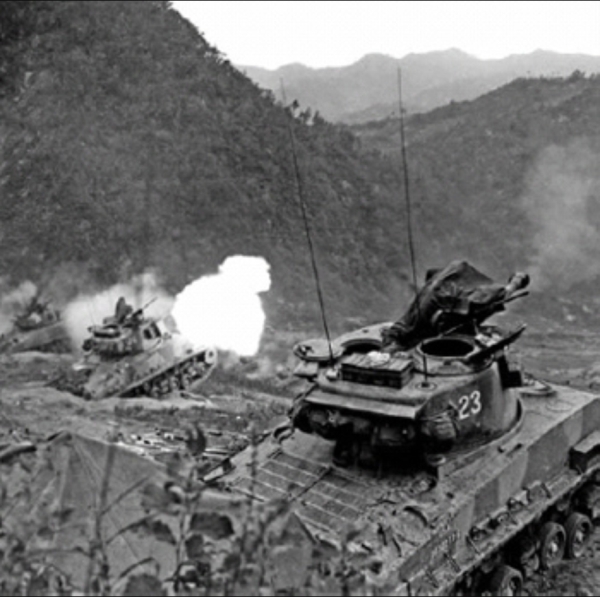
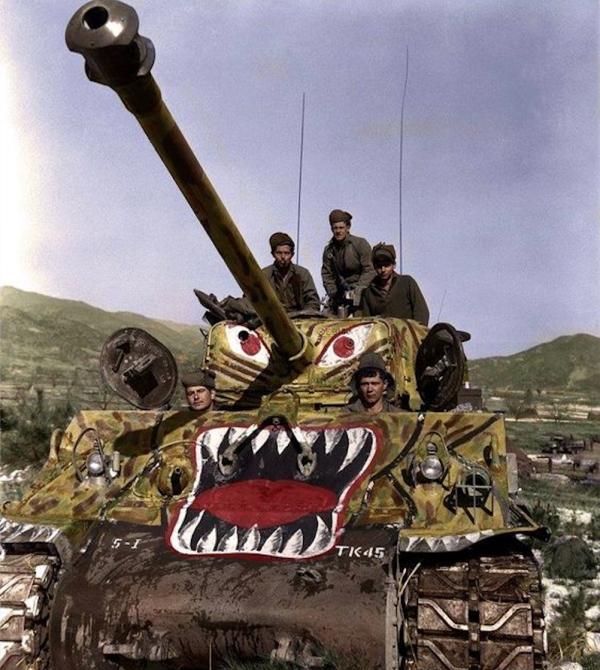
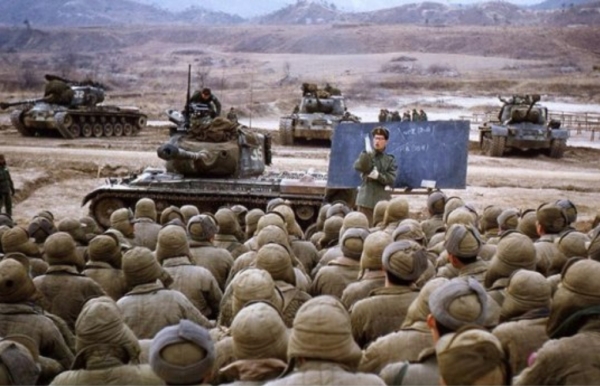

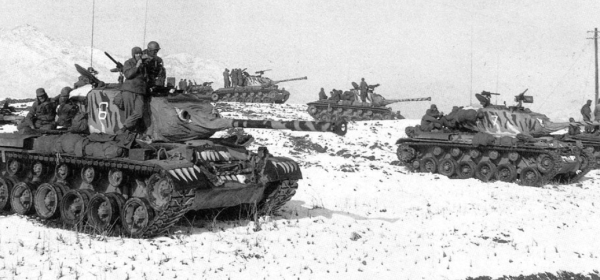
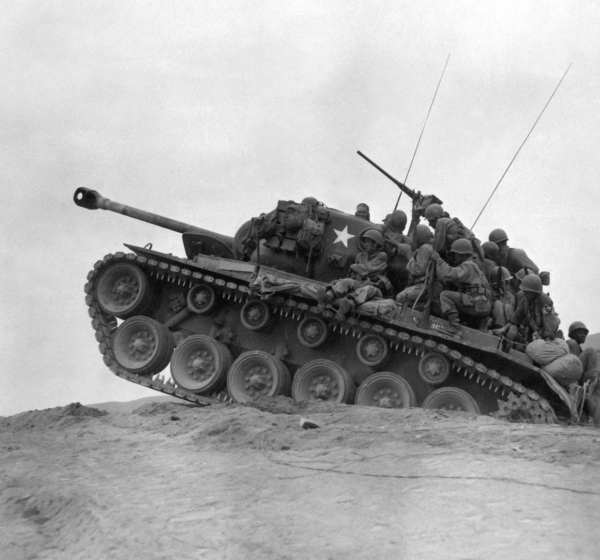
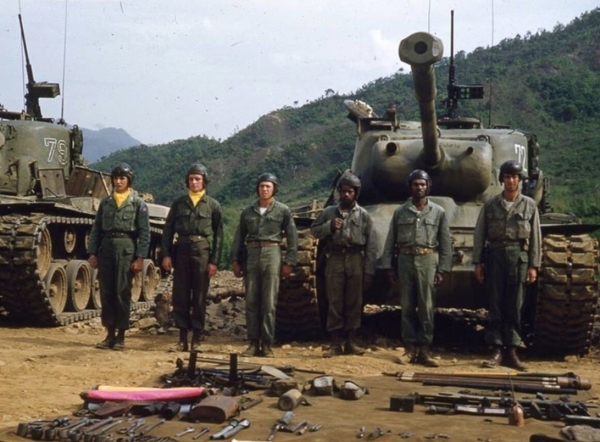
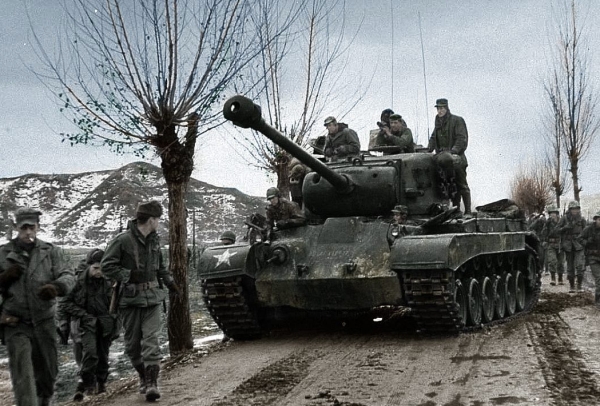
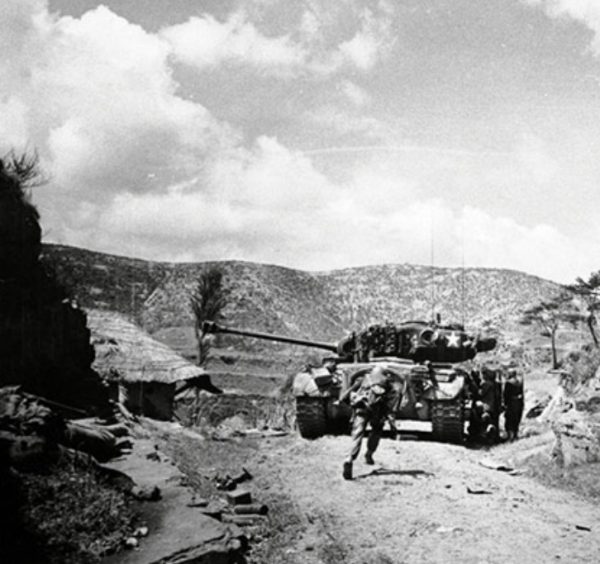
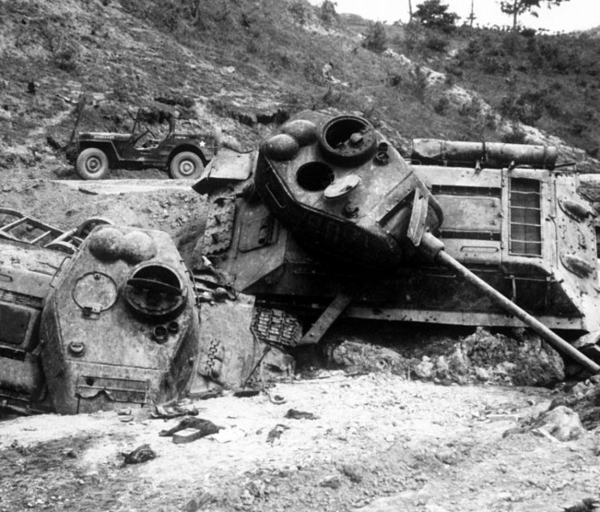
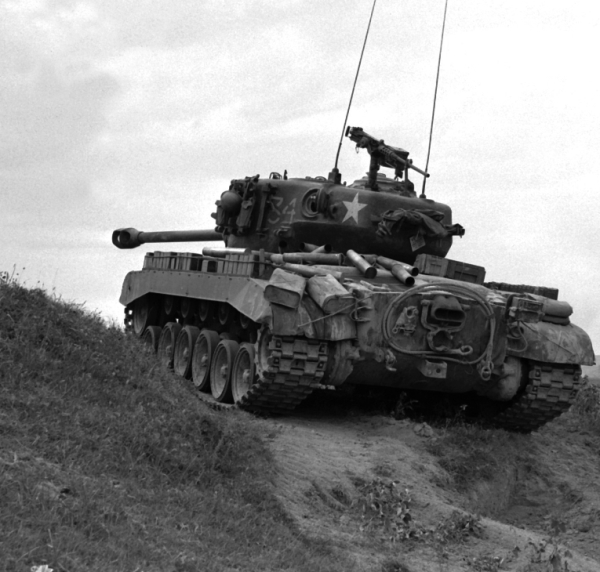
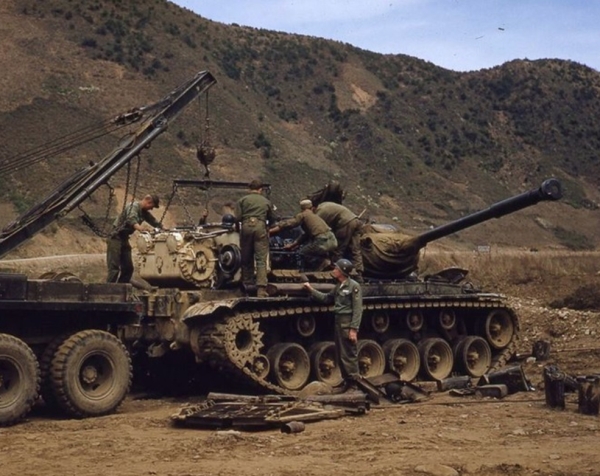
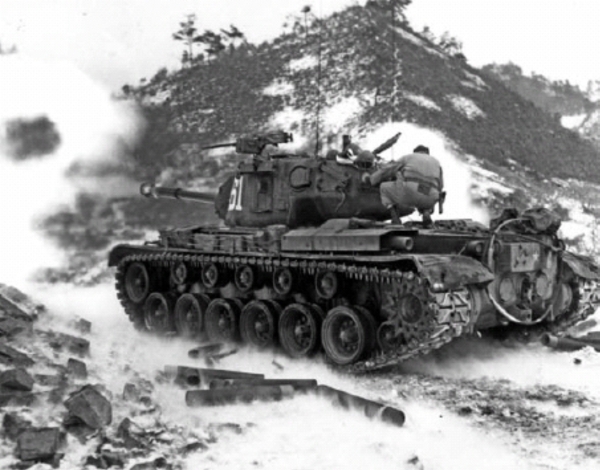
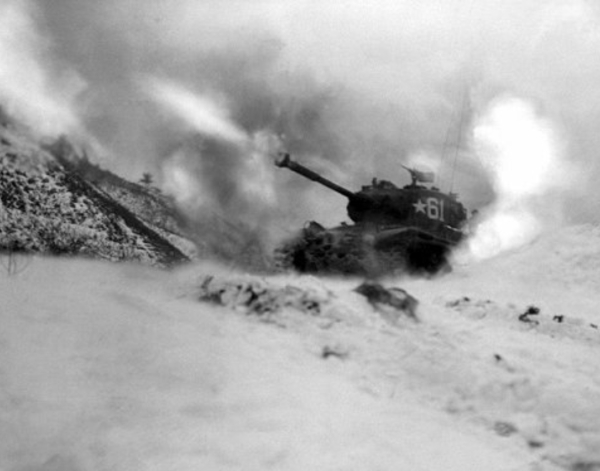
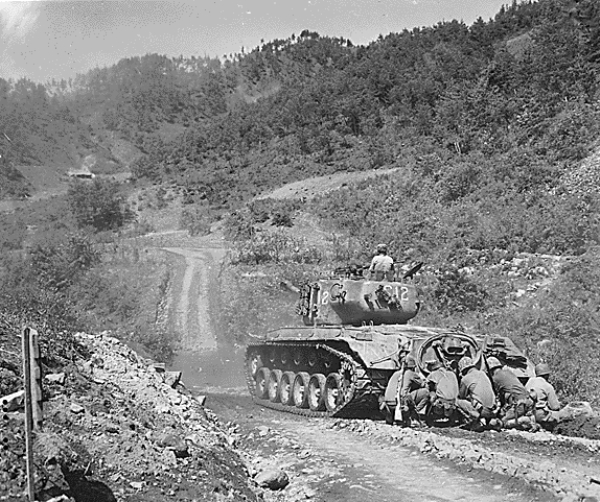
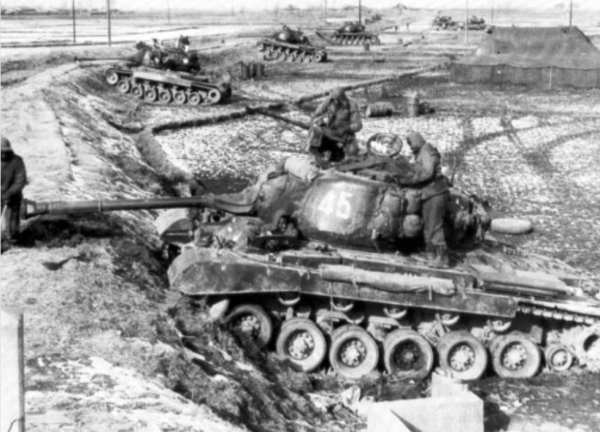

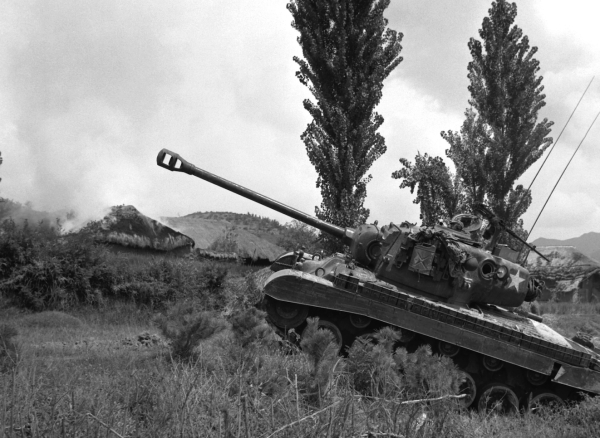
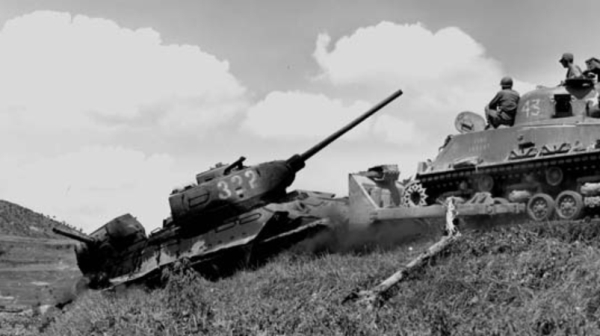
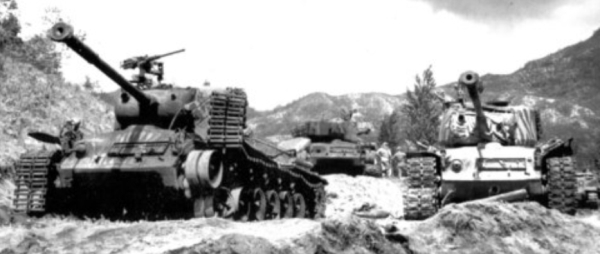
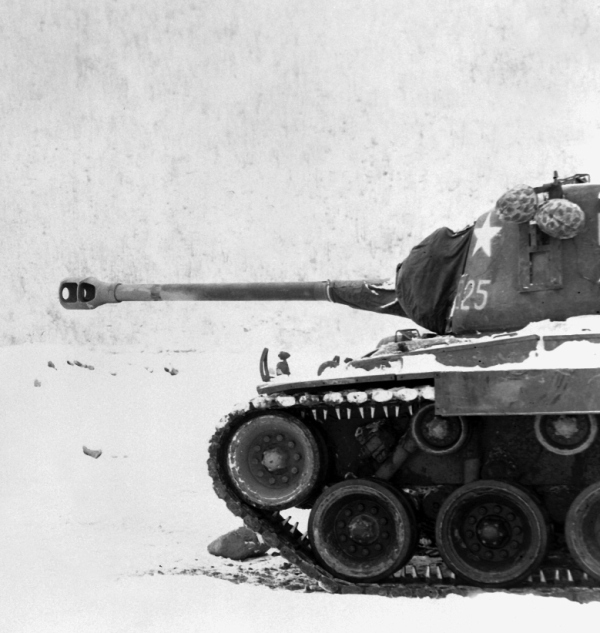
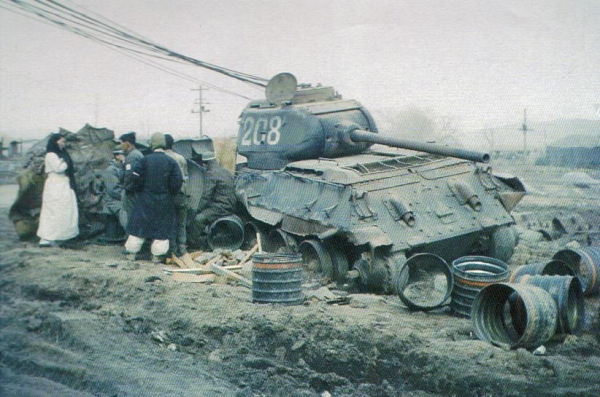
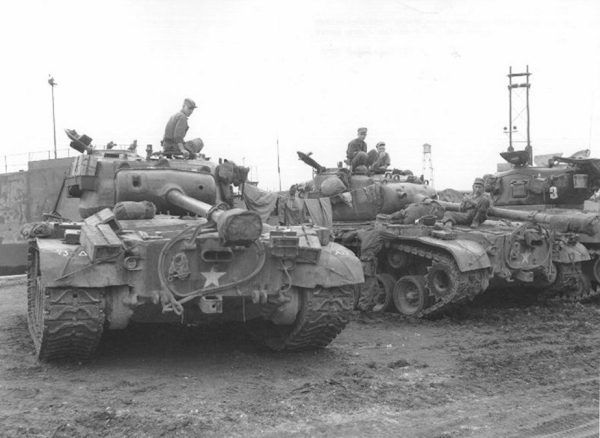
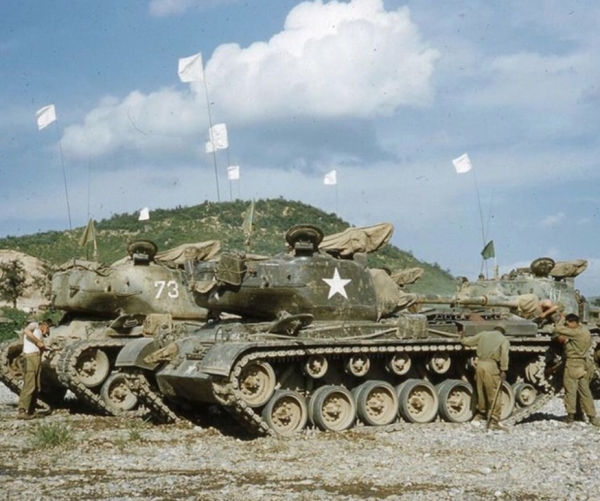
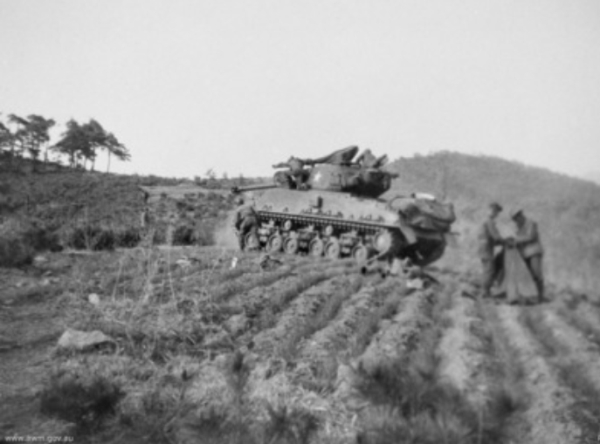
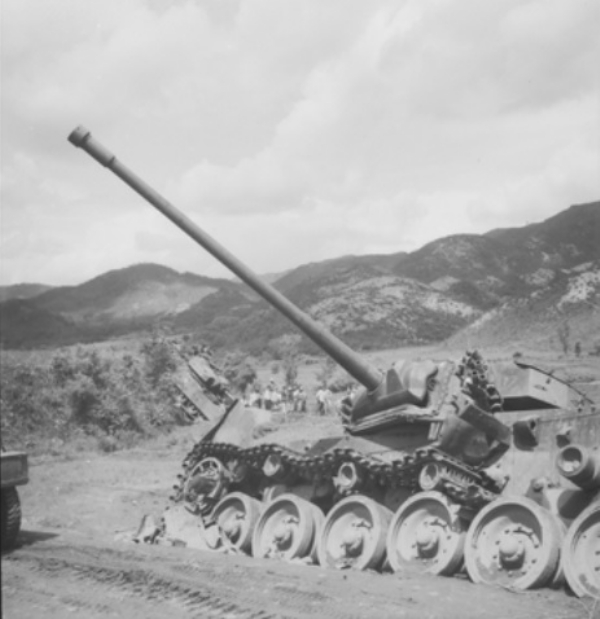
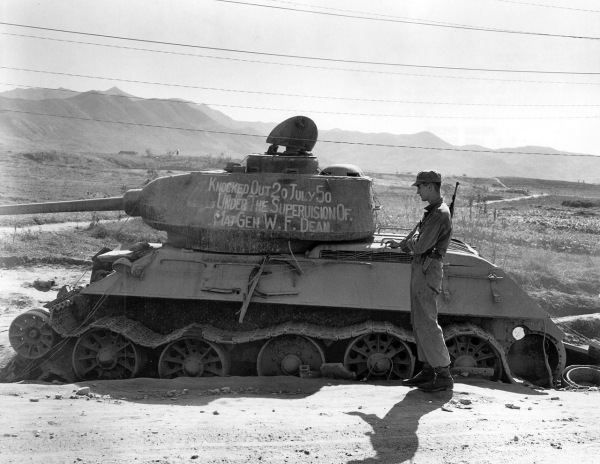
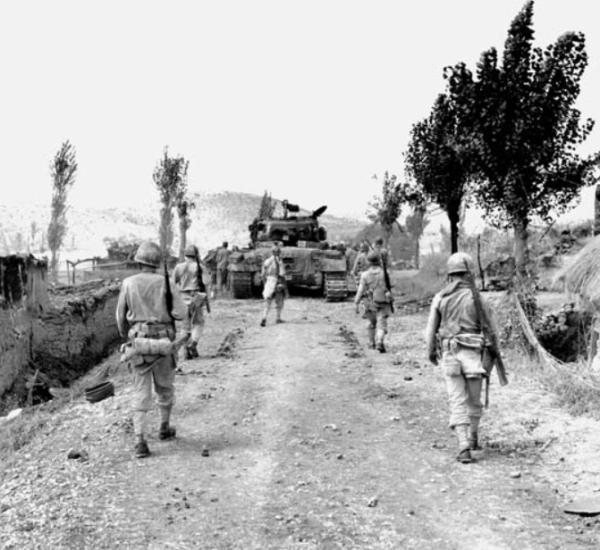
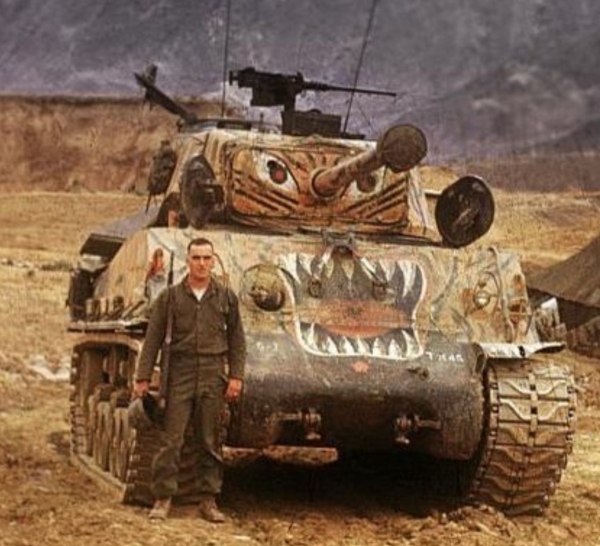
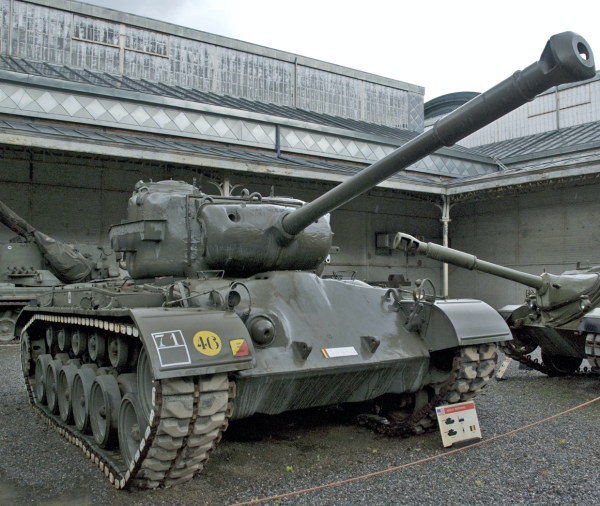
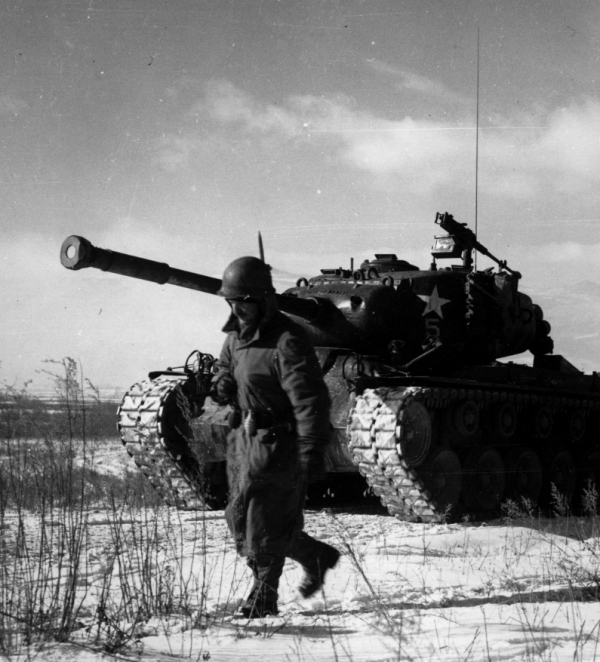
No comments: